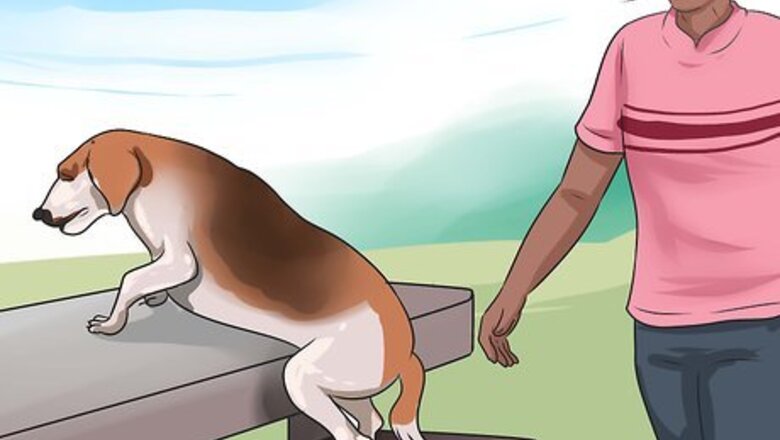
views
Teaching the “Off” Command
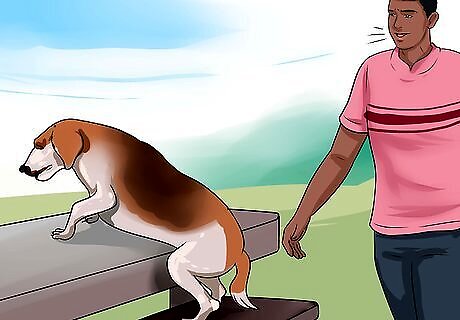
Immediately react when your dog climbs onto something. When your dog climbs up onto the counter, you need to immediately react. Dogs learn by testing their boundaries. If they have been up on these spaces for longer than a couple of seconds, they might not understand why you are telling them to get down. Rather than associating your command with their location, they might just begin to think that you’re a mean person — someone to be feared.
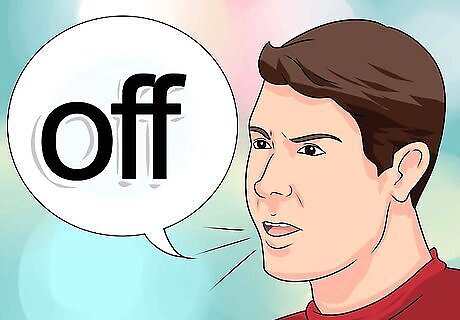
Say “off”. Say it in a firm voice. Don’t yell it, but be sure to be clear. Don’t say “off” and then several other words. You want to make sure that your dog gets the message. “Off” is the best word choice, if you plan to teach your dog other commands. Some people use the word “down”, but if you want to teach your dog to “lay down” this can get confusing for the dog. For example, if it gets up onto the bed and you tell it “down” it may just lay down.
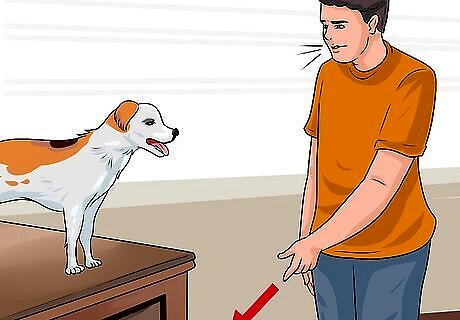
Use an appropriate hand gesture. Most people point to the ground when they say “off”. This gives your dog both an auditory and a visual cue that it is time to get down. It can also have the added benefit of telling your dog where it should get down at.
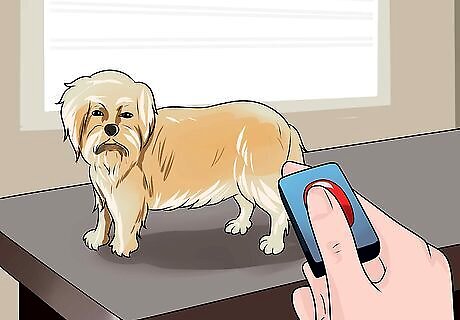
Use a clicker. Many people will use a clicker to further reinforce proper behavior. Every time your dog gets up onto a surface it shouldn’t be on, say “off” and click the clicker while it is getting down. After a while, your dog will associate the clicking sound with the appropriate behavior (getting down). Then you can just click the clicker and the dog will get down.
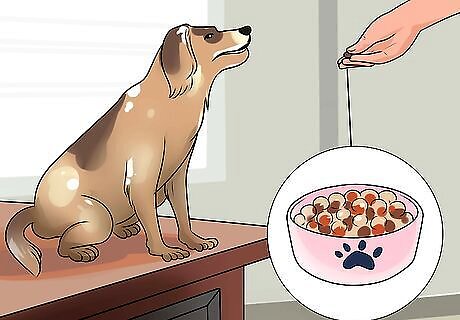
Immediately offer your dog a treat. You should present the treat right away if you want your dog to associate their action with it. If you wait a couple of minutes after getting your dog down to give it a treat, it won’t know why it is getting it. Depending on your dog and its preferences, a “treat” might simply be a pet on the head. Typically, food rewards work best. Choose a small treat that your dog goes nuts for. There are dozens, if not hundreds, of choices for you and your dog to choose from. Make sure that the treat is not too fattening and is small enough for you to carry around.
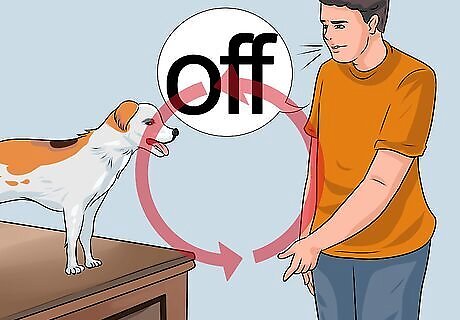
Repeat the above steps until your dog understands the command. Remember to remain vigilant. You never know when a training opportunity will present itself.
Preventing Bad Behavior

Put away foodstuffs. Nothing is more tempting to a dog than a pound of sliced bologna sitting on the edge of a counter. Maybe you are making a sandwich and let it there for just a few seconds while you grabbed the bread, but for your dog it was an eternity. That bologna was just too tempting so it jumped up on the counter and then got in trouble. Put up foods in tupperware containers. Place your bread in a designated basket away from the edge of the counter. Put cookies in the cookie jar and other pastries away in the cabinet. If your dog likes to eat fruit — as some do — move those to a designated place as well. If your dog has learned how to open cabinet doors, use baby-proof locks to keep them out. Eventually, your dog will learn not to even try and then you can remove the locks.
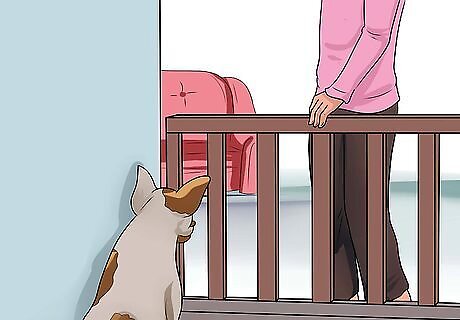
Block off areas where your dog isn’t allowed. Does your dog love to go sit in your favorite leather armchair? If he does and every time he jumps up on it he leaves little indentations from his nails, just block off the area. Close doors or use baby gates to block off rooms. If you do this early enough — when your dog is first introduced to a space as a puppy or whenever — your dog will soon learn what areas are off limits. Your dog will respect your boundaries, especially if he sees you as the alpha male.

Pile things on surfaces to block your dog. If you want your dog in the room, but not on a particular chair, simply place something on it to stop them from climbing up. Pillows don’t really work that well. They might seem like better napping materials. They are also light and can easily be dislodged. Use books, magazines, or baskets to block off these spaces. Whatever you decide to use, just make sure that it is heavy — something a light nudge of the nose won’t knock over.
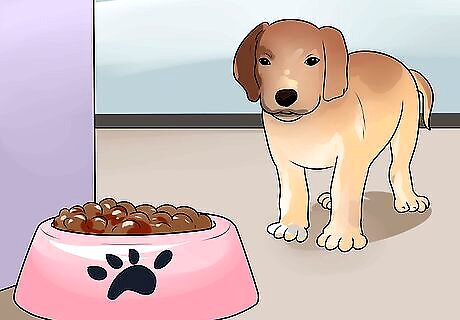
Make sure your dog has enough food each day. Dogs often search out food sources when they are hungry. The source of your dog’s bad behavior might be instinctual more than purely disruptive. Try feeding your dog several small meals a day, following the amount specifications for your sized dog on the back of the package. Hopefully, this will cut down on your dog’s counter surfing. If your dog is on a diet, talk to your veterinarian about a suitable high-fiber food for your dog. He’ll be able to suggest a couple of high-protein, low fat options that will help your dog feel full.
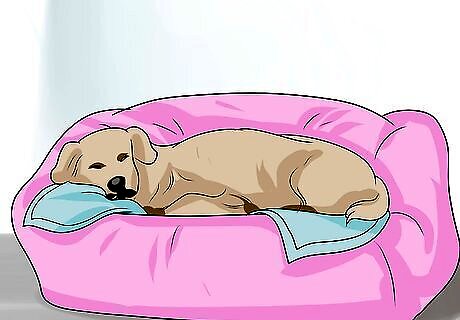
Give your dog a warm place of his own. Sometimes, dogs cuddle up with their owners on the couch because they're cold or uncomfortable. Create a designated space for your canine companion. Put a blanket on a doggie bed in the corner. Give them a kennel and crate train them. This works especially well with puppies, who will come to love their separate space.
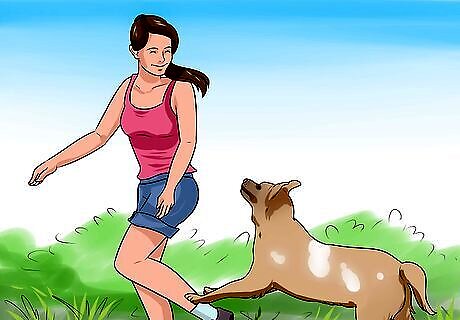
Play with your dog more. Your dog might be climbing up onto things for attention, not for food. Some people enjoy sitting on the couch with their dog’s head on their laps. Others don’t. If you are in the latter group — either because you don’t want to ruin your furniture or your clothes — you should designate other time to spend with your dog. Remember it is a social creature and if you don’t make the time, it will by jump climbing up onto things to get your attention.
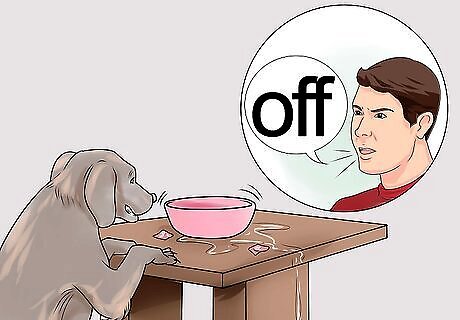
Ignore bad behavior. If your dog is jumping up for attention and you give him attention, he'll learn that this behavior is acceptable. Instead, tell him off and don't pet him. When he has returned to the floor and is calm, feel free to pet him as much as you want. He'll then associate his place on the floor with attention.
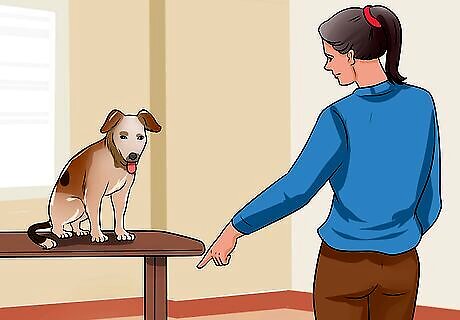
Be consistent. Too often dog owners will condone certain behavior some times and punish that same behavior later. Don't send mixed signals to your dog. It won't understand the intricacies of your decision making process. You need to make it cut and dry for them. Don't jump on this. Climb on that. Remember that dogs love structure. Give it to them.
















Comments
0 comment